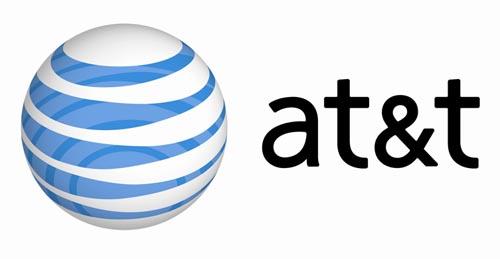
The trials and tribulations of the 4G label have been a widespread debate since its debut, and it looks like AT&T should be ready for their name and reputation to get thrown under the bus. Why? Because the company is touting 4G speeds for two smartphones and one 4G-enabled USB modem that, apparently, don’t actually take advantage of 4G speeds at all. Or come close, for that matter. Tests are showing that 3G-enabled devices are actually faster than the 4G-enabled devices currently available on AT&T’s network. So, what’s going on? And is AT&T in the wrong here?
To answer the second question first, there’s no doubt that AT&T could have taken the high road here and declared the Motorola Atrix and HTC Inspire as non-4G-enabled phones, but they aren’t right now. They should have done this because that’s exactly what’s happening. Both devices have their high speed uploads “crippled” as of right now, but AT&T isn’t saying exactly why that is. All the wireless carrier is saying is that it’s testing the upload speeds on the devices, and that they will be turned on later. When? No one knows for sure.
The issue comes in the fact that AT&T is even taking this route. While everyone can debate until they turn blue in the face as to who really, truly has 4G, it’s basically supposed to be a broad indicator of speeds that are faster than 3G. Okay, that’s fine – 4G should be faster than 3G and if you want to make it that generalized and non-specific, fine. But, what happens when your 3G devices are faster than the offered 4G-enabled smartphones? Then we’ve got a problem. And that’s the boat AT&T is finding themselves in right now.
As for what’s going on, we can’t really answer that now can we? We can sit here and speculate, but let’s face it, we have no idea what the higher-ups at AT&T are doing. What, or why, they sat around a large table and came up with this plan of attack. We know there’s fine print in just about every advertisement out there, detailing without coming right out and saying it why something may not be exactly as advertised. In AT&T’s case, the fine print is there just to cover their bases, so they can’t be labeled as out-right liars. And hey, they’re working on it, so that has to count for something, right?
Here’s the sad truth, AT&T: it doesn’t cut it. If you’re going to advertise a phone as having 4G capabilities, then that’s what you should provide to your customers. That’s just the right thing to do. Beyond that, if you’re trying to have a brand name you can be proud of, it’s what you should do. AT&T is obviously recovering from all the flak they received from all those years with the iPhone, and there’s a real possibility the lack of HSUPA on the Atrix 4G and Inspire are network issues and nothing more, but that doesn’t mean AT&T can’t come forward and let everyone know what’s going on.
What is your opinion on the situation that AT&T finds themselves in right now? Do you think they could be handling this differently? Or are AT&T’s methods of doing the bare essentials to cover their tracks the way this should be handled? Let me know in the comments below.